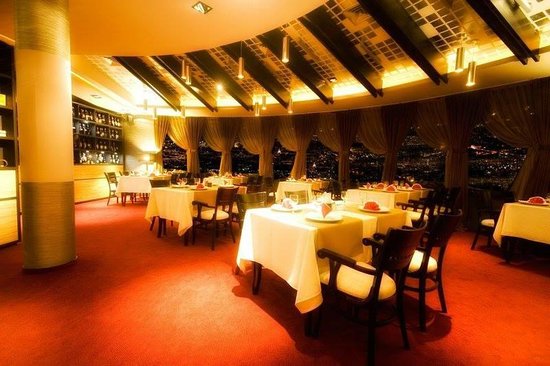Bacău
WELCOME TO Bacău
County Overview
Bacău
6,621 km2
616,506
Romanian
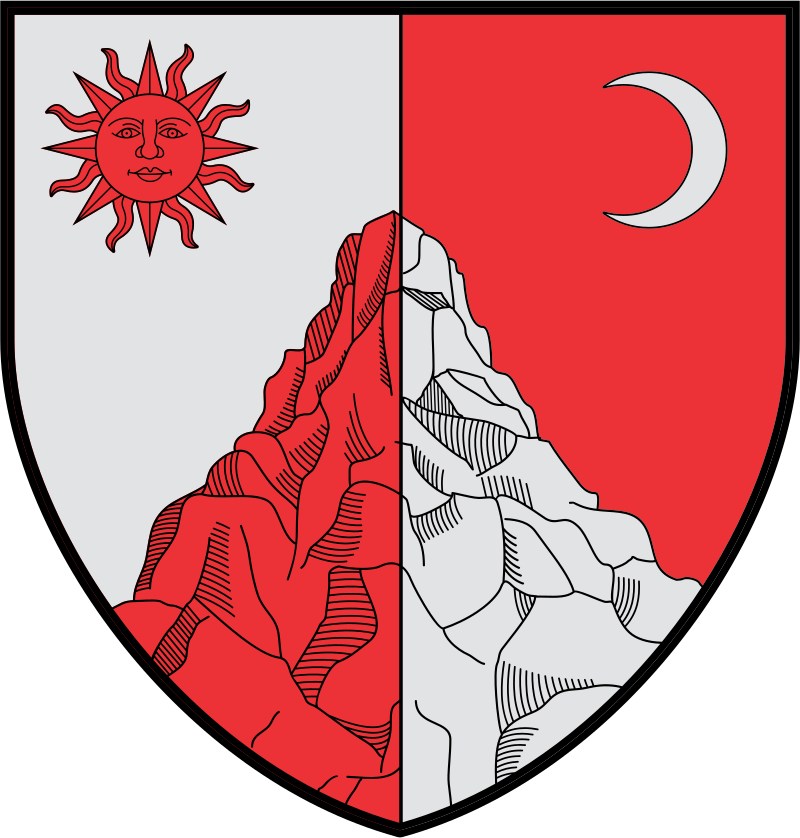
Popular
Geography and Tourist Attractions
Information about the province's tourist attractions, including popular destinations, events, and activities.
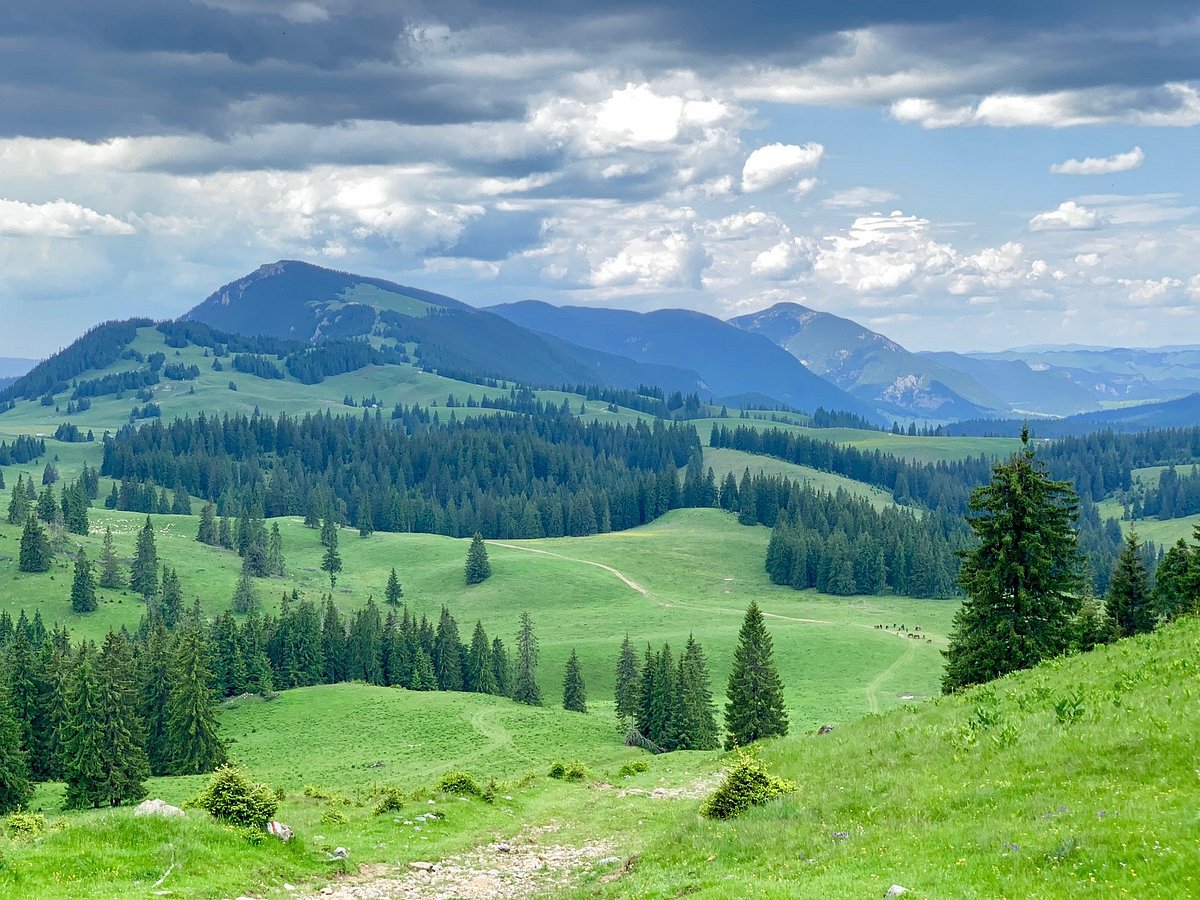
The Bicaz Gorges
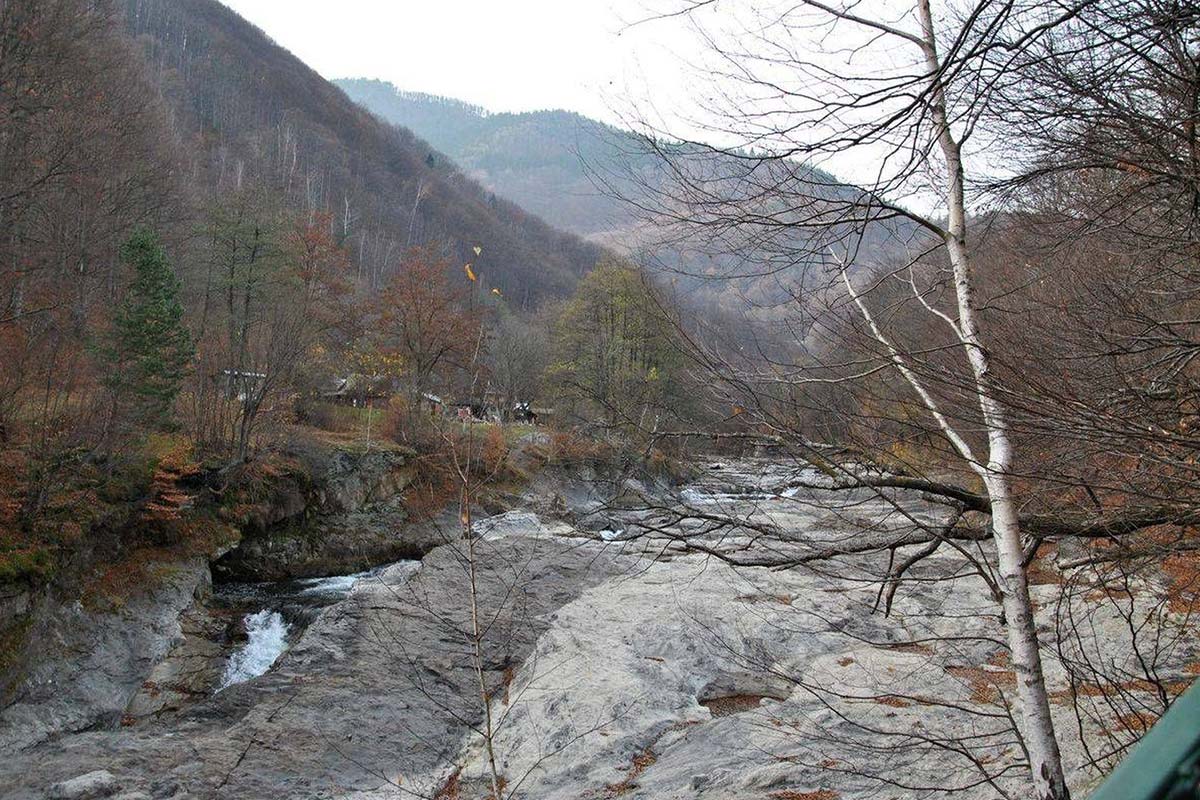
The Vrancea Mountains
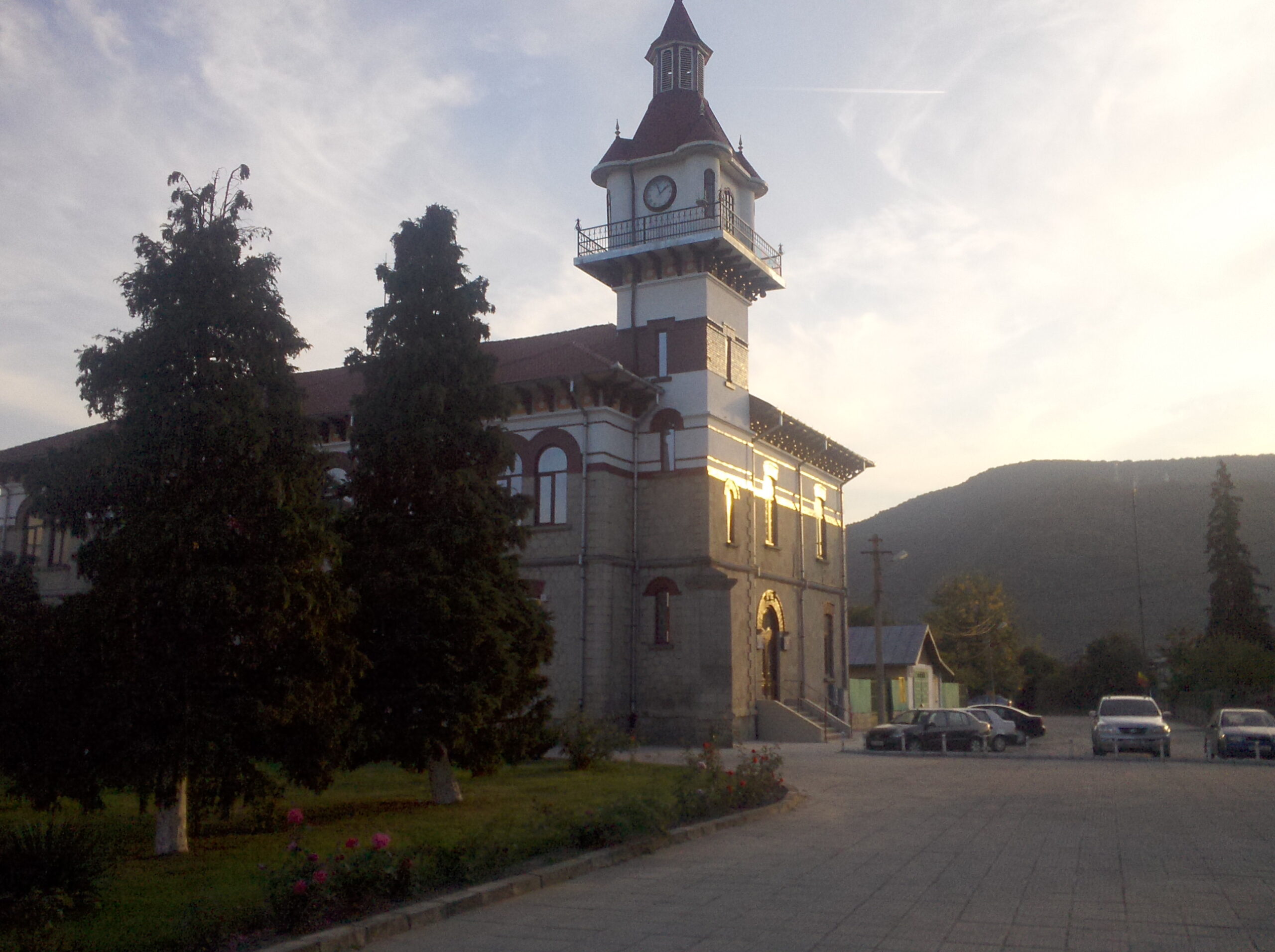
The Roman Arenas of Târgu Ocna
Political
Economy and Government
The Bacău region is an important economic center in Romania, with a diverse economy that includes agriculture, manufacturing, and services. The region is known for its production of textiles, furniture, and food products, as well as its mining industry. The area is home to several industrial parks, which attract investment from both domestic and international companies.
The local government in Bacău is led by the Bacău County Council, which is responsible for managing the region's infrastructure, public services, and economic development. The council is composed of elected representatives from across the county. The region is also represented in the national government by several members of parliament, who are elected by the citizens of Bacău.
In recent years, the government has made efforts to promote tourism in Bacău, with a focus on the region's natural beauty and rich cultural heritage. The Bacău County Council has invested in infrastructure and amenities to support tourism, such as hiking trails, tourist information centers, and accommodations. These efforts have helped to stimulate the local economy and create new jobs in the tourism sector.
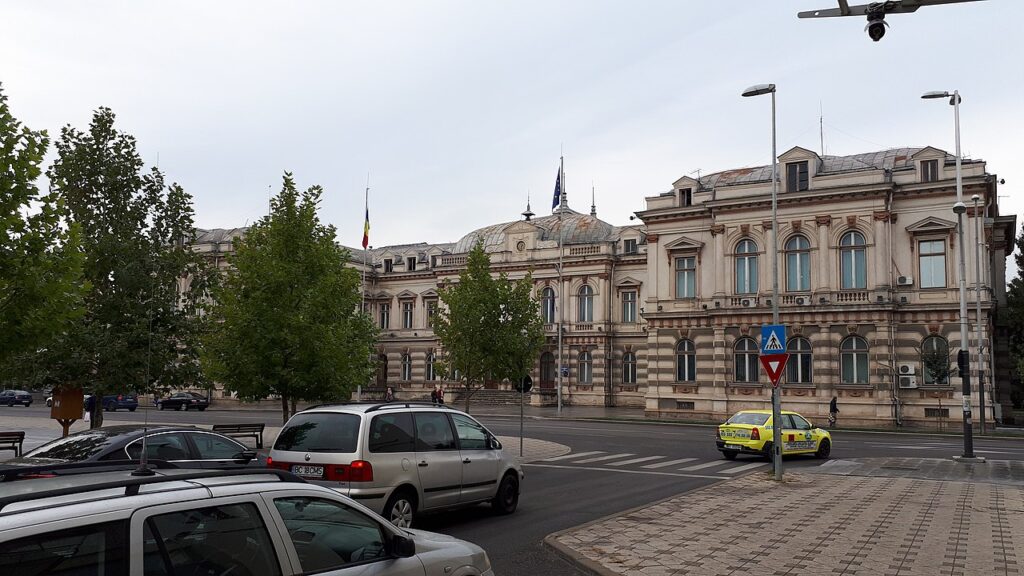
History
History and Culture
Bacău is a city in eastern Romania, located in the region of Moldavia. The region has a rich history and culture that spans over centuries. Bacău has been inhabited since ancient times, and its history is closely tied to the history of Moldavia. The region has been ruled by various groups, including the Dacians, Romans, and the Ottoman Empire, before being annexed by Romania in 1859.
The region has a diverse cultural heritage, with influences from the Romanian, Ottoman, and Russian cultures. One of the most significant cultural landmarks in the region is the 15th-century Princely Court of Bacău, which was built by Stephen the Great. The court served as the administrative center of the region and is now a museum showcasing the region's history and culture.
The region is also known for its traditional crafts, including pottery, weaving, and wood carving. The local cuisine is a blend of Romanian and Ottoman influences, with dishes such as sarmale (stuffed cabbage rolls) and mici (grilled minced meat rolls).
Bacău has produced many notable cultural figures, including writers, poets, and musicians. The city is also home to several theaters and cultural centers, hosting events and festivals that celebrate the region's history and culture. Overall, Bacău is a fascinating region that showcases the rich history and cultural heritage of Romania.
HOTELS
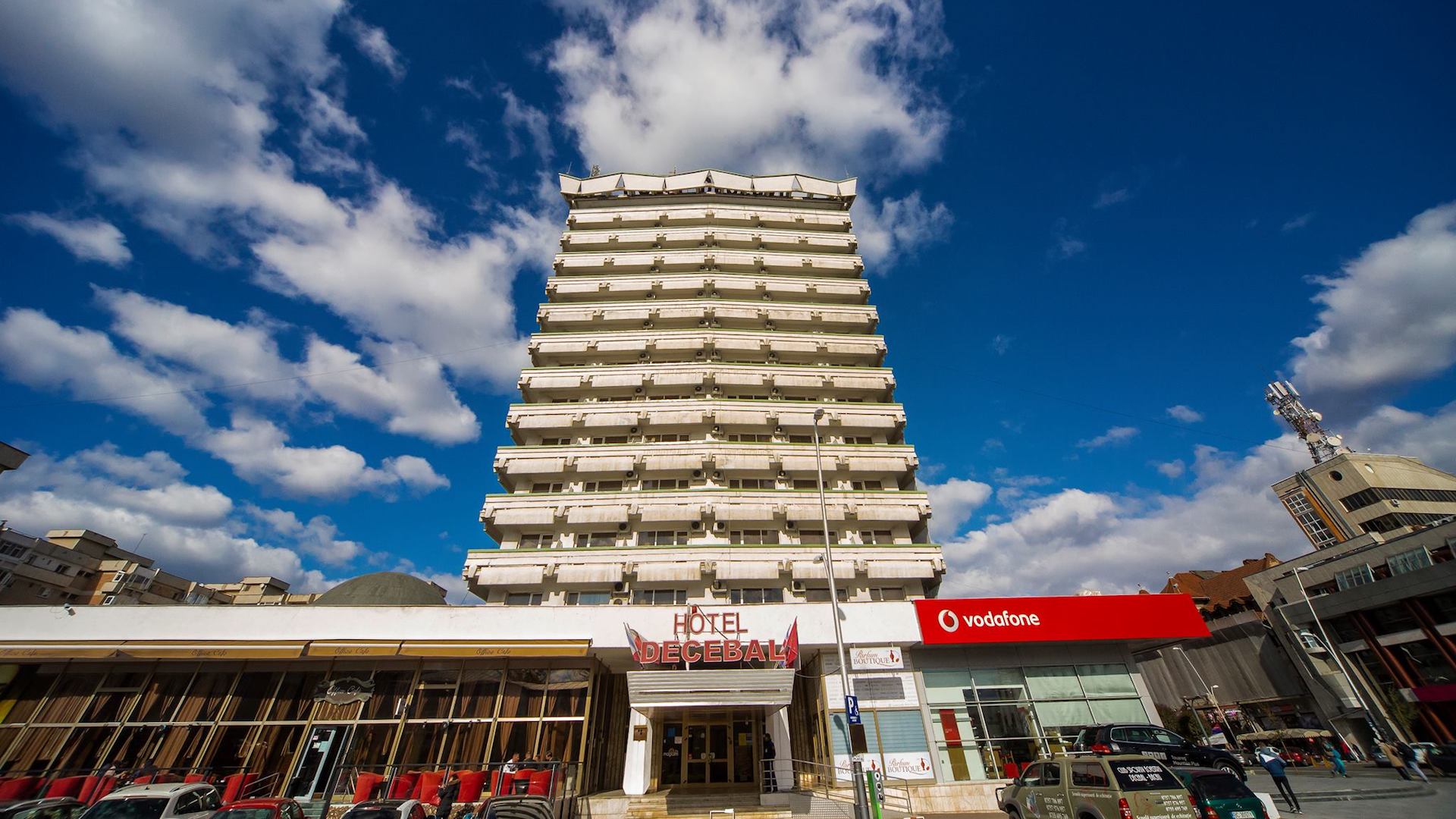
Hotel Decebal
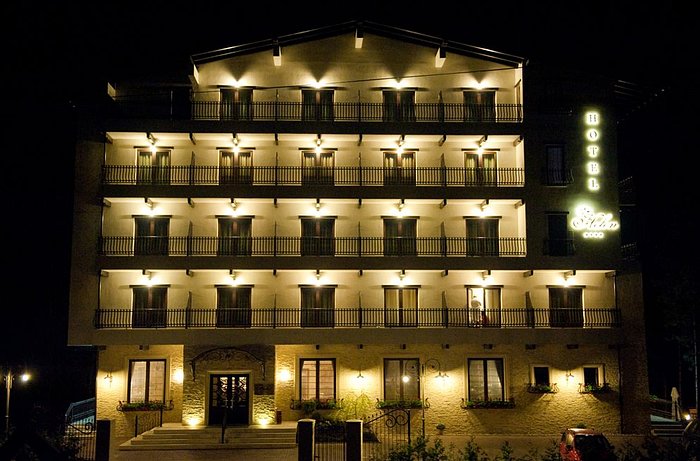
Hotel Helen
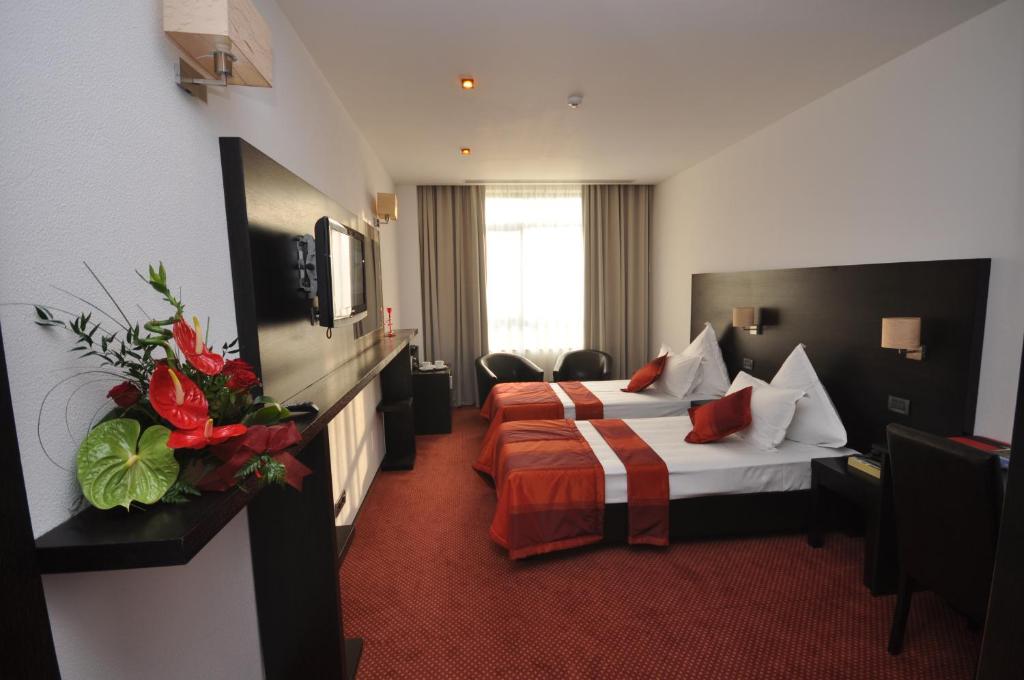
Hotel EMD
RESTAURANTS
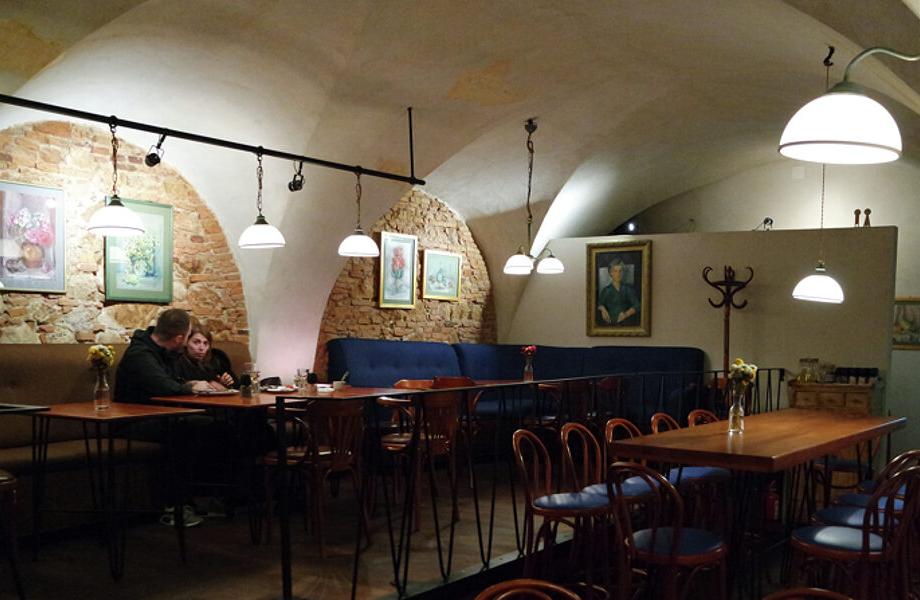
Bistro de l'Arte
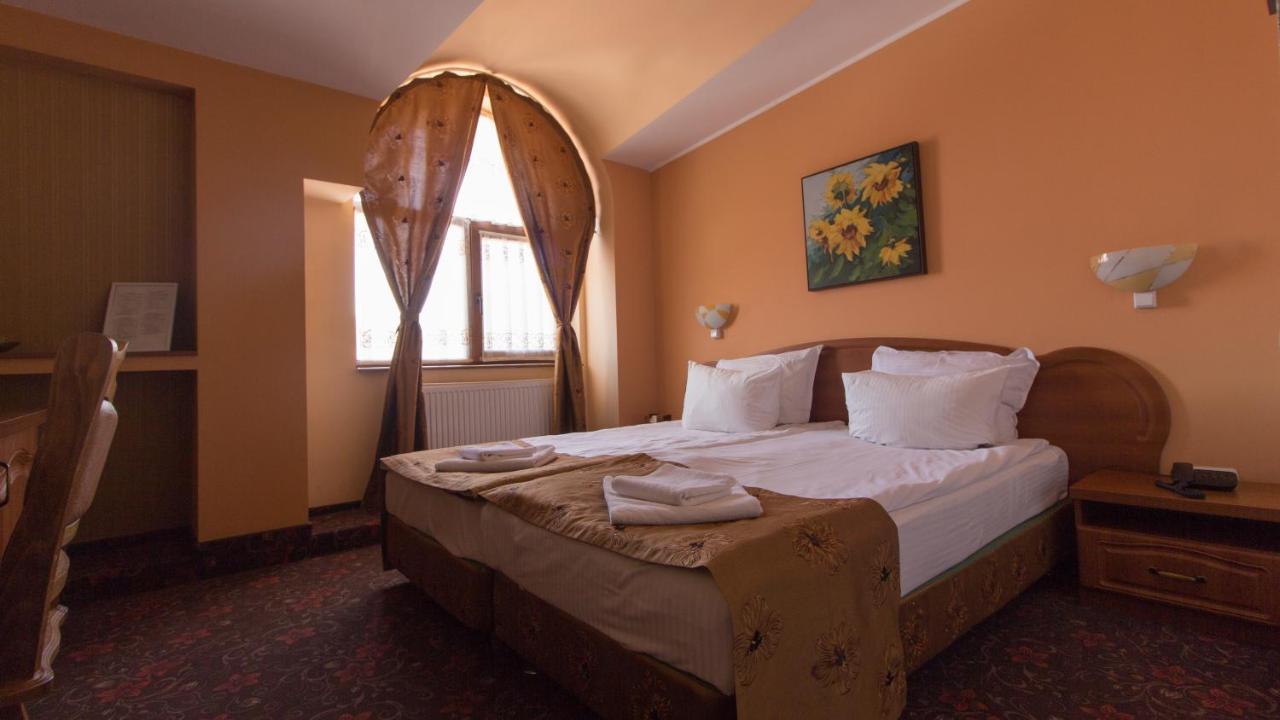
La Fontana
